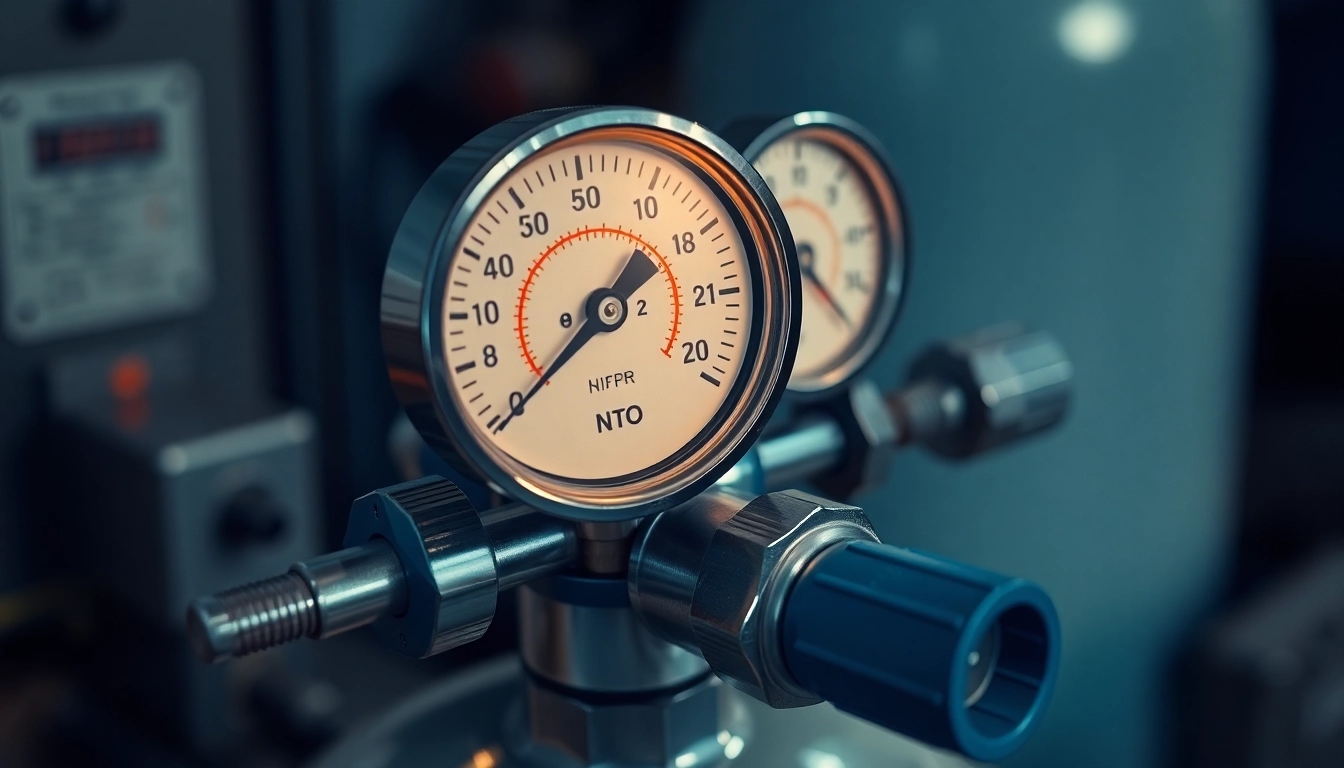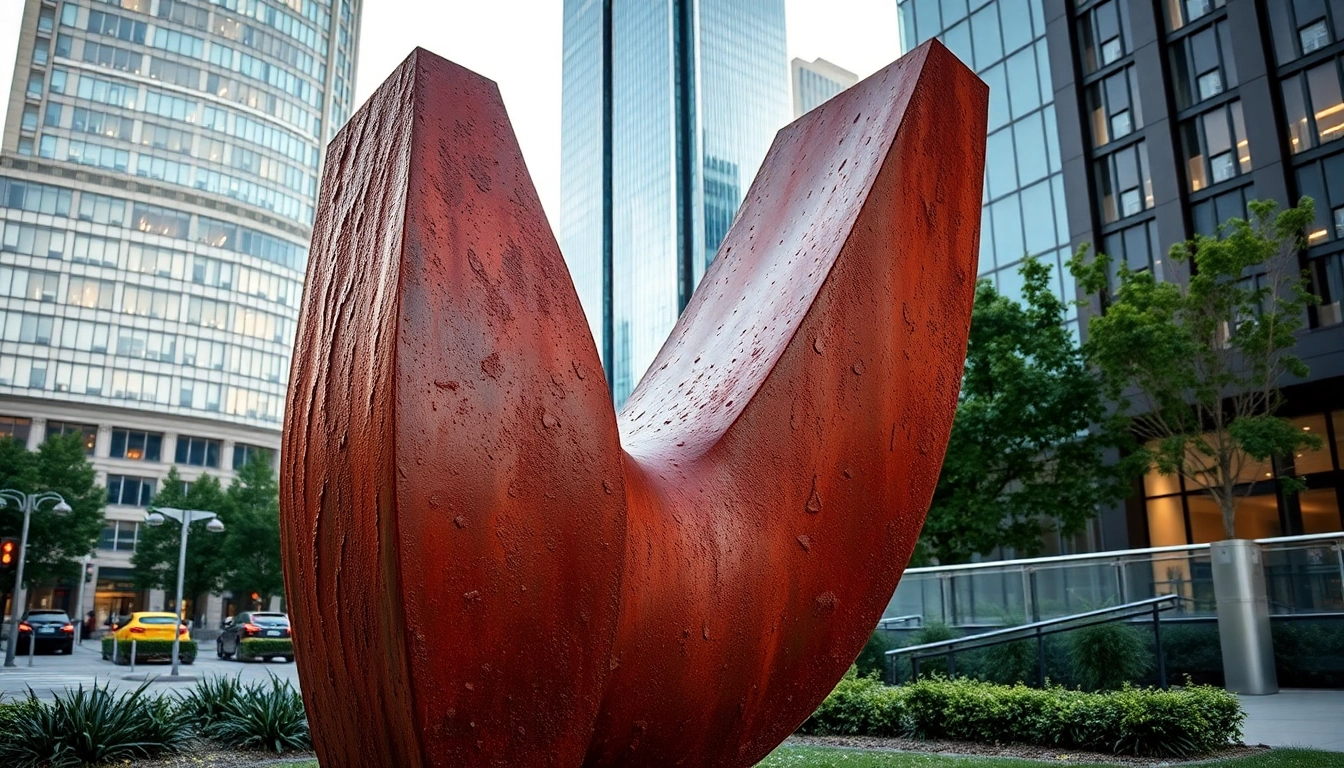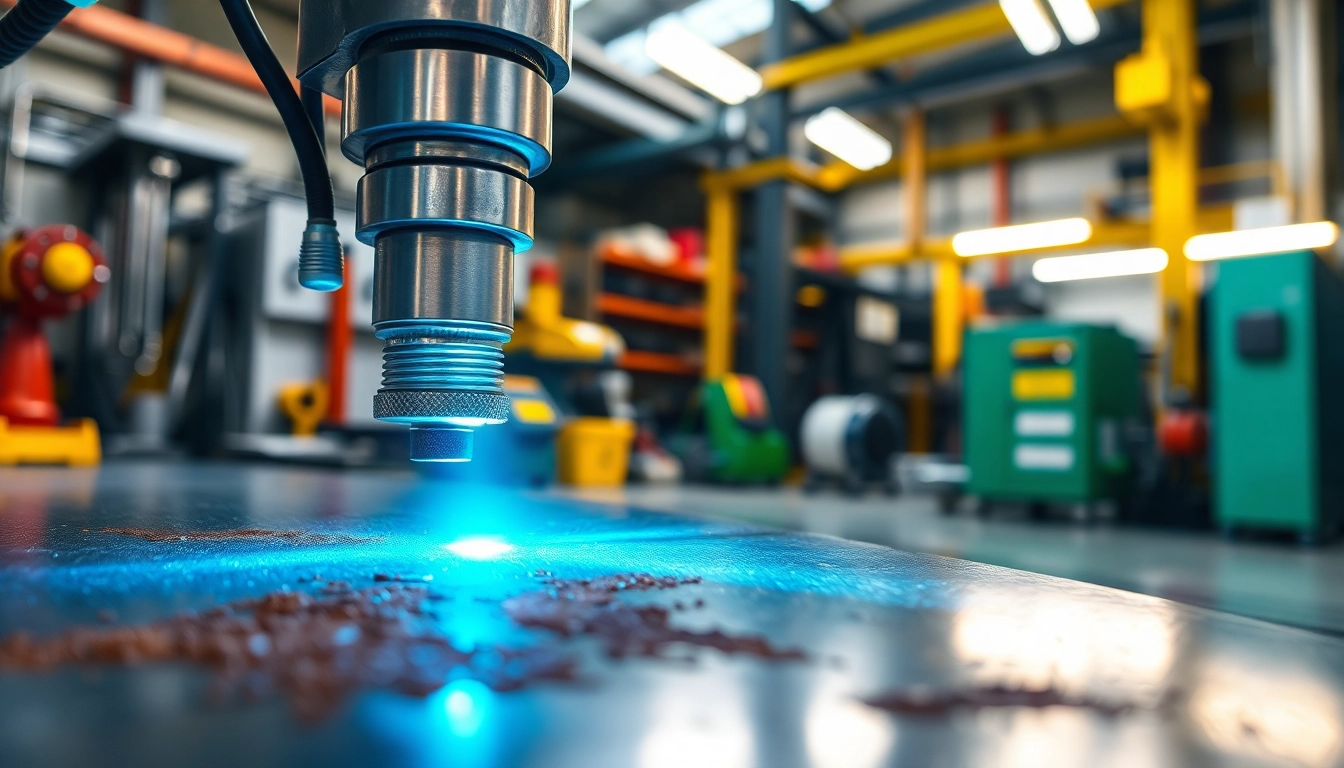
Understanding Nitrogen Regulators
What is a Nitrogen Regulator?
A nitrogen regulator is a vital device that manages the flow and pressure of nitrogen gas from a storage cylinder to the application area. It ensures that the pressure remains within a specified range, allowing for safe and effective utilization of nitrogen in various applications. Nitrogen regulators are designed to convert high-pressure gas from a cylinder, which can be as high as 2500 PSI, to a much lower, adjustable pressure level suited for the intended application. This conversion is crucial for processes in industries like welding, refrigeration, and food and beverage, where precise control of nitrogen delivery is necessary to maintain quality and safety standards.
How Nitrogen Regulators Function
At their core, nitrogen regulators operate on simple principles of gas pressure management. They consist of a few key components, including:
- Inlet Port: The point where the nitrogen gas enters from the cylinder.
- Pressure Gauge: Displays the pressure level of gas within the system.
- Regulating Mechanism: This component adjusts and stabilizes the outgoing pressure.
- Outlet Port: Where the regulated gas exits the regulator for use.
When nitrogen gas flows into the regulator, the pressure gauge indicates the inlet pressure. The regulating mechanism subsequently regulates the pressure to a predetermined limit before the gas exits through the outlet port. Advanced nitrogen regulators allow users to set their desired pressure levels accurately, often found in industrial settings where pressure variability can impact operations.
Common Applications for Nitrogen Regulators
Nitrogen regulators are fundamental in various industries and applications, including:
- Welding: Used to maintain consistent pressure in gas-shielded welding processes.
- HVAC Systems: Utilized for pressure testing and purging systems to ensure leaks are identified and repaired.
- Food and Beverage: Controls gas pressure in nitrogen infusion for beverages, enhancing shelf life and product quality.
- Laboratory Usage: Provides a controlled environment for experiments involving nitrogen gas where precise delivery is critical.
Each of these applications benefits significantly from the precise control and regulation that nitrogen regulators provide, minimizing risks and optimizing performance.
Key Features to Consider
Pressure Rating and Compatibility
When selecting a nitrogen regulator, understanding the pressure rating is crucial. Pressure ratings are typically indicated in PSI or BAR, determining the maximum pressure that the regulator can handle. Most nitrogen regulators can accommodate cylinder pressures of up to 3000 PSI, while some specialized models can exceed that. Additionally, compatibility with nitrogen gas is essential, as the material used in the regulator should withstand the properties of nitrogen without degradation.
Users should also assess the outlet pressure range, as some applications may require extremely low or high pressures. Thus, choosing a regulator that matches both these parameters is key to ensuring safe and efficient operation.
Build Quality and Materials
The construction materials of a nitrogen regulator affect durability and long-term reliability. High-quality regulators often feature:
- Brass or Stainless Steel Body: Resistant to corrosion and wear.
- Sealing Components: Made from high-performance elastomers suited for oxygen and inert gases.
Regulators built from these materials can withstand harsh environments, providing both safety and longevity.
Types of Nitrogen Regulators Available
There are various types of nitrogen regulators tailored for specific uses:
- Single-Stage Regulators: Ideal for low-to-medium pressure applications with simple design.
- Two-Stage Regulators: Provide greater stability for applications requiring precise pressure control over varying temperature and cylinder pressures.
- High-Pressure Regulators: Specifically designed for handling pressures above typical limits, suited for industrial tasks and scientific research.
This diversity allows users to select a model that best fits their operational needs.
Installation and Usage Guidelines
How to Install Your Nitrogen Regulator
Installing a nitrogen regulator correctly is crucial for safe operation. Follow these steps:
- Ensure the cylinder is securely placed and that the area is well-ventilated.
- Check the cylinder pressure gauge to confirm it’s functioning properly.
- Remove the protective cap from the cylinder valve.
- Align the regulator connector to the cylinder valve and screw it in securely without forcing it.
- Open the cylinder valve slowly and check for any leaks at the connection point.
- Adjust the outlet pressure to the desired level using the pressure adjustment knob.
Proper installation not only maximizes safety but also ensures the efficiency of gas delivery.
Safety Protocols When Using Nitrogen
Working with nitrogen gas necessitates adherence to safety standards to mitigate risks. Users should:
- Conduct regular inspections of the regulator and associated components for signs of wear or damage.
- Use appropriate personal protective equipment (PPE) such as safety glasses and gloves.
- Ensure proper training is provided for all users regarding handling nitrogen valves and regulators.
- Stay aware of potential asphyxiation hazards when using nitrogen in confined spaces.
By following these protocols, users can help create a safe working environment.
Maintenance Tips for Longevity
To ensure a nitrogen regulator operates efficiently over time, regular maintenance is essential. Here are key practices:
- Periodic Cleaning: Dust and debris can affect performance; clean the regulator regularly to remove contaminants.
- Inspection for Leakages: Use soapy water to check for leaks; bubbles will form at any leak points.
- Replace Worn Parts: Regularly check seals and O-rings for wear and replace them as necessary.
Implementing these maintenance practices can significantly extend the life and performance of a nitrogen regulator.
Comparing Different Nitrogen Regulators
Brand A vs Brand B: A Side-by-Side Review
When selecting a nitrogen regulator, it’s beneficial to compare options from leading brands. For instance, Brand A may offer advanced features like digital pressure display and a wide range of outlet pressures while Brand B could be known for its cost-effectiveness and durability.
Conducting a side-by-side review of features, build quality, and user feedback can help users make an informed decision based on their specific requirements.
Customer Reviews and Feedback
Feedback from existing users is invaluable. Most nitrogen regulators will have testimonials and reviews that can shed light on functionality and reliability. Customers often discuss pros and cons including ease of use, efficiency of pressure regulation, and longevity of the product. Engaging with this feedback can guide new buyers in making the right choice.
Where to Buy: Price Comparisons
Price points for nitrogen regulators can vary significantly based on features and brands. While some low-end models might offer limited functionality, investing in a reputable brand may pay off in the long run with improved performance and reliability. Always compare prices across different suppliers and consider purchasing from experienced distributors for added assurance in quality.
Troubleshooting and FAQs
Common Issues with Nitrogen Regulators
Users may encounter several common issues with nitrogen regulators, such as:
- Inconsistent Pressure: Often results from blockages or component malfunctions.
- Leakage: Typically identified through sound or visible signs; often a sign that seals or fittings need replacing.
- Gauge Malfunction: A non-functioning gauge can mislead users regarding actual gas pressure.
Identifying and rectifying these issues promptly is essential for maintaining the effectiveness of nitrogen regulators.
People Also Ask: Essential Questions
Several related queries often arise regarding nitrogen regulators, such as:
- Do you need a special regulator for nitrogen? Yes, regulations differentiate between various gases due to pressure and connection requirements.
- Is a nitrogen regulator the same as an argon regulator? While they may appear similar, each regulator is specifically designed for its respective gas due to different pressure dynamics and flow characteristics.
- Is a CO2 regulator the same as a nitrogen regulator? No, CO2 regulators are built to handle different pressures and connection types compared to nitrogen regulators.
Seeking answers to these questions can help ensure that users select the right type of equipment for their workflows.
Getting Support and Further Information
For further assistance or specific inquiries, many manufacturers provide detailed manuals and customer support. Additionally, organizations specializing in gas equipment often offer resources through their websites, making it easier for users to access information regarding nitrogen regulators. For instance, those interested can explore a wide range of options for a nitrogen regulator to find a fitting solution for their needs.







